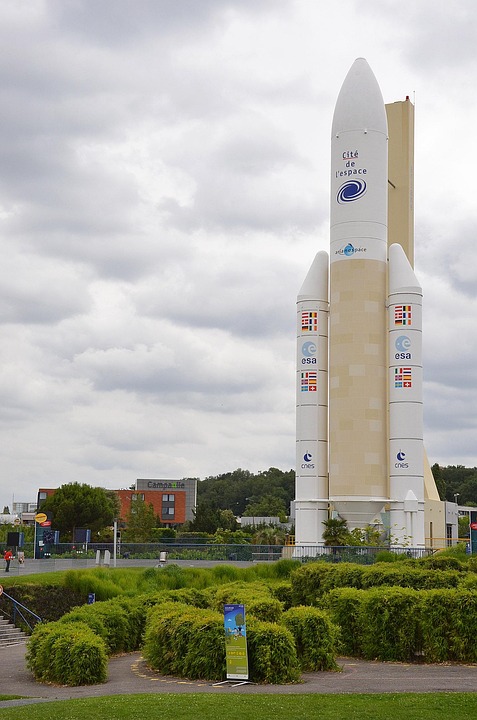Metaverse Gaming and Virtual World Persistence: Building Enduring Digital Realities
Introduction
The metaverse, a collective virtual shared space born from the convergence of virtually enhanced physical and digital reality, is reshaping how we interact, work, and play. At the heart of this transformative landscape lies metaverse gaming, a domain where immersive experiences, social connectivity, and persistent virtual environments collide. Unlike traditional video games, where progress resets upon logging off, metaverse gaming thrives on virtual world persistence—the concept of a digital realm that continues to evolve and exist independently of individual players. This article explores the significance of persistence in metaverse gaming, its technical underpinnings, challenges, and its potential to redefine the future of interactive entertainment.
What is Virtual World Persistence?
Virtual world persistence refers to the ability of a digital environment to maintain its state and continuity over time, even when users are not actively participating. In persistent worlds, player actions, events, and changes to the environment have lasting effects. For example, in a persistent game, a player’s decision to build a house or trade virtual assets would remain visible and functional for others, creating a sense of shared reality.
This contrasts sharply with non-persistent games, where sessions reset after each playthrough. While traditional games prioritize temporary, self-contained experiences, the metaverse demands a more dynamic approach. Persistence is foundational to the metaverse’s core promise: a seamless, evolving digital universe where users can coexist, collaborate, and create without the constraints of arbitrary resets.
The Role of Persistence in Metaverse Gaming
-
- Enhancing Immersion and Realism
Persistence fosters a sense of realism by making the virtual world feel alive. Players can witness the consequences of their actions, whether it’s a thriving city built by the community or a forest that regrows after a digital wildfire. This continuity anchors user experiences, making them more meaningful and engaging.
- Enhancing Immersion and Realism
-
- Social and Economic Implications
In a persistent metaverse, social interactions and economic systems gain depth. Players form lasting relationships, join guilds, or even start businesses, knowing their efforts will have enduring value. Virtual economies, powered by blockchain and NFTs, thrive on this persistence, enabling real-world transactions for digital assets like land, clothing, or in-game items.
- Social and Economic Implications
-
- User-Generated Content and Community Building
Persistence encourages creativity and collaboration. Platforms like Roblox and Minecraft allow users to build and share content, with their creations persisting for others to explore. In the metaverse, this could scale to unprecedented levels, with decentralized tools enabling users to contribute to a shared digital landscape.
- User-Generated Content and Community Building
Technical Challenges and Solutions
Creating a persistent virtual world is no small feat. Key challenges include:
-
- Real-Time Synchronization: Ensuring all users experience the same world state simultaneously requires robust backend infrastructure.
-
- Scalability: As the metaverse grows, managing vast amounts of data and interactions without lag is critical.
-
- Security and Moderation: Persistent environments risk abuse, such as griefing or unauthorized data manipulation, necessitating advanced governance systems.
Emerging solutions include:
-
- Blockchain and Decentralized Ledgers: These technologies enable secure, transparent ownership of digital assets, ensuring their persistence across platforms.
-
- Cloud Computing and Edge Networks: Scalable cloud infrastructure and edge computing reduce latency, allowing seamless real-time updates.
-
- AI and Machine Learning: Intelligent systems can dynamically manage content, detect malicious behavior, and maintain world coherence.
Examples and Case Studies
-
- Fortnite’s Evolving Worlds: Epic Games’ Fortnite has pioneered persistent events, such as the “Zero Point” storyline, where in-game changes persist across seasons, creating a narrative that unfolds continuously.
-
- Decentraland and The Sandbox: These blockchain-based platforms allow users to own and develop virtual land, with transactions and creations retaining permanence.
-
- Second Life: While not a metaverse in the modern sense, Second Life exemplifies early persistent virtual worlds, where users co-create and sustain a digital economy.
Modern metaverse projects, like Meta’s Horizon Worlds or Microsoft’s Mesh, aim to blend persistence with cross-platform connectivity, creating environments that transcend individual games.
Ethical and Legal Considerations
-
- Digital Property Rights: Persistent worlds raise questions about ownership. Who controls the virtual assets players create? Blockchain’s role in establishing verifiable ownership is pivotal.
-
- Governance and Moderation: Persistent spaces require systems to address harmful behavior, censorship, and disputes. Decentralized governance models, such as DAOs (Decentralized Autonomous Organizations), are being explored to empower communities.
-
- Data Privacy: Continuous interaction in persistent worlds demands strict data protection measures to safeguard user information.
These challenges highlight the need for frameworks that balance innovation with accountability, ensuring a safe and equitable digital ecosystem.
Future of Virtual World Persistence
The future of persistence in the metaverse is tied to advancements in AR/VR, AI, and decentralized technologies. As hardware improves, users will engage with persistent worlds more seamlessly, blurring the line between physical and digital realities. Cross-platform persistence—where actions in one virtual space influence another—could create a unified metaverse. Additionally, AI-driven environments might adapt organically, responding to user behavior and maintaining dynamic, self-sustaining worlds.
The rise of interoperability standards (e.g., Open Metaverse Interoperability Group) may also enable assets and identities to persist across different platforms, fostering a more connected digital experience.
Conclusion
Virtual world persistence is a cornerstone of the metaverse, transforming gaming into a lived experience rather than a temporary escape. It empowers players to shape and sustain digital realities, driving innovation in social interaction, economic models, and creative expression. While challenges remain, the ongoing evolution of technology and governance holds the promise of a metaverse where every action matters, and the virtual is as enduring as the real. As we move toward this future, persistence will not only define the metaverse but also its potential to redefine human connection in the digital age.
In this new frontier, the metaverse gaming industry stands at the intersection of imagination and technology, weaving a tapestry of experiences that linger, grow, and evolve long after the last player logs off.






